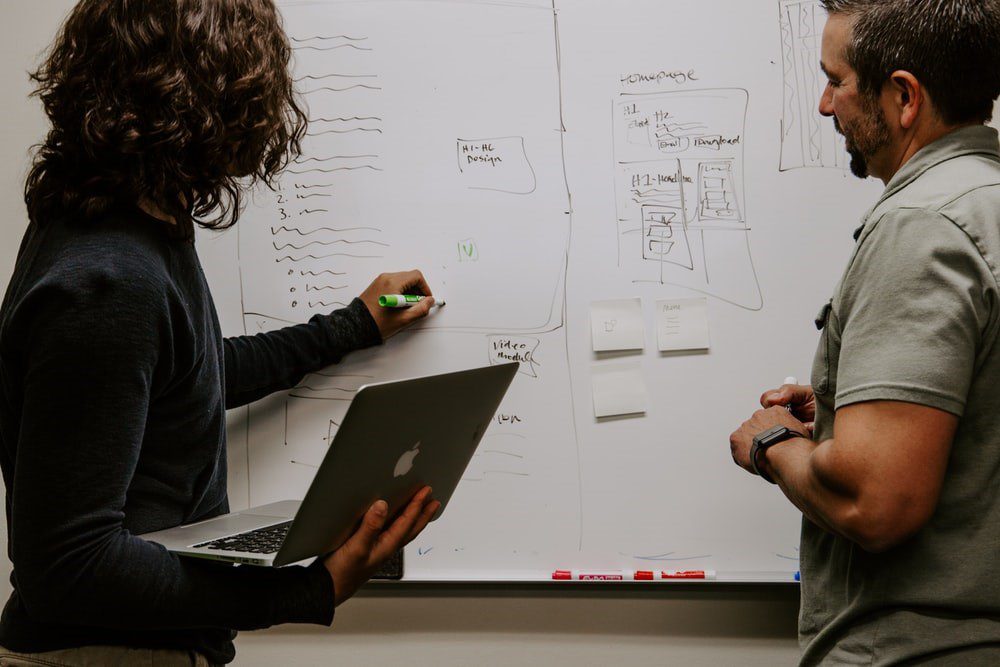Moving an idea from inception through the processes of discovery, validation, development and execution requires tireless and efficient work, which you are undoubtedly prepared to handle.
Yet, so many new entrepreneurs fall behind, at no fault of their own, and lose invaluable time between the time they shape an idea and get it off the ground.
Completing your plan for these new ideas may prove to be unproductive if it creates a long delay. The idea of a static business plan that takes six months to research is gone! You must create a plan that is iterative, dynamic and based on current market feedback. Thankfully, tools like Lean Canvas guide business owners through the process of formulating plans, product launches and campaign and communication plans in a way that makes sense, saves time and increases earning potential.
As they say, time is money and Lean Canvas incorporates expediency by helping you streamline the customer’s problems, your solution, how you get your offering to market, and how you capture value.
Lean Canvas is a one-page guide with nine sections that can be modified to suit the needs of your enterprise. The model includes the following blocks: problem, solution, key metrics, unique proposition, unfair advantage, channels, customer segments, cost structure and revenue streams. Then, the document is divided into two sections: product and market.
Designed with simplicity in mind, the document should take no longer than 20 or 30 minutes to complete. However, it will probably take you three to four versions of your Lean Canvas before you get it right.
Mindset
The key to Lean Canvas is your mindset. As an entrepreneur, you need to assume your idea of the solution is wrong! Your job is to reduce risk and uncertainty by quickly getting feedback from customers and noncustomers about the problem you are trying to solve.
If you go into building a startup with the mindset that you don’t have all the answers but that the market does, your probability for success will be much greater. Instead of having a mindset that looks to convince customers that your idea is what they need, have the mindset that you need to learn from the customer as to what their needs are and modify your offering to that need.
Love the problem, not your solution. – Ash Maurya.
Dynamic business model
Your business model is how you create, deliver and capture value. Lean Canvas is a dynamic, iterative business model for startups. All of the elements of a business model are depicted on Lean Canvas. You can break these into three lenses (also the lenses of design thinking): desirability, feasibility and viability.
Desirability: Does anyone want it?
Feasibility: Can we build it?
Viability: Can we make a profit?
Lean Canvas is simple and easy to modify as you learn and validate customer needs and wants. The canvas is your business model that can be optimized as you move from problem-solution fit to product-market fit and to business model fit at scale. Lean Canvas allows you to reduce risk and uncertainty by testing each of the business model elements that help you create value.
The customer’s job to be done
Clayton Christensen and Tony Ulwick created and/or popularized the saying “Jobs to be Done”. The thought is that the customer is hiring your offering to get some job done. It doesn’t matter if you have a product, service or experience — we all buy things to get some job done.
The job could be functional, emotional or social. Lean Canvas helps entrepreneurs better define the customers’ job to be done with the Problem and Existing Alternatives elements. Most great ideas do NOT come from sitting around the conference table and brainstorming — they come from understanding the customers’ current unmet problems. From this, we can extrapolate that most customer problems arise from existing alternative solutions that are NOT meeting the customers’ full needs.
Closely examine existing alternative solutions. View them from the lenses of direct, indirect, adjacent and substitute solutions. Lastly, prioritize the jobs to be done and focus on the most important ones.
Mapping to investor pitch decks
The most popular investor pitch decks all consist of 10 to 11 slides and all have very similar slide headers. It just so happens that 90% of the information that investors want to see and hear are all on Lean Canvas. Think about it: Who is the customer segment? What is their problem? What is your unique solution? Who is your competition? What is your go-to-market strategy? What are your cost/revenue metrics?
There are usually only three slides that you will need to create that don’t already exist on your Lean Canvas. These slides are the Team, Financial Projections and the Investment Opportunity.
Lean Canvas is your competitive advantage over other competitors and startups who are using outdated tools and frameworks to create their business plans and business models. Get to market faster and with less risk. Let Si2 help you create, test, evolve and implement your Lean Canvas.

